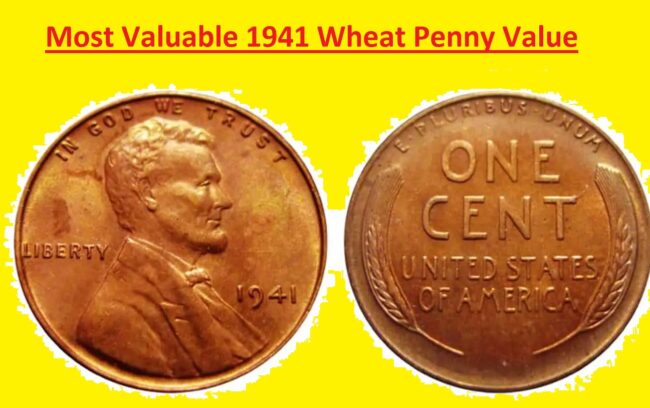I am a professional engineer and graduate from a reputed engineering university also have experience of working as an engineer in different famous industries. I am also a technical content writer my hobby is to explore new things and share with the world. Through this platform, I am also sharing my professional and technical knowledge to engineering students.
Follow me on:
Twitter and
Facebook.
Here, we will learn Doorbell Wiring Diagram: 2023 Step By Step Guide. The doorbell is a commonly used tool in our homes, and in this post, we will cover wiring details. Before wiring the doorbells, we will cover some basic points for the bell. So, let’s get started with the Doorbell Wiring Diagram. Types of…
In this tutorial, we will learn How to Fix a Doorbell? – Easy Steps Guide to Broken Doorbell. The doorbell ring normally has four errors with the button, chime, transformer, or wiring connecting this component. Here, we will discuss how to solve these problems. How to Fix a Doorbell? – Easy Steps Guide to Broken Doorbell…
An engineering personal statement is meant to convince the acceptance committee that you are the right person to enroll in the school. It must demonstrate your inspiration to choose the school and course. It also indicates whether or not your intentions for pursuing engineering are right. If you are applying for an engineering course, it…
Hi guys, welcome to the new post. Here, we will discuss Where is the Doorbell Breaker Located? Easy Way to Findout. In the installation of a new doorbell with another component, there is a need of a breaker. But you don’t know where it exists. There are many options to get this component. During finding the…
Hi friends welcome to the new post. Here we will learn 1941 Penny Worth Million Dollars. Starting with Roman and Greek coins we now come with modern in the world. They come in different shapes and sizes. Coins having denominations ranging from less than a penny will have a value of about a hundred dollars…
There has been a huge change in the concept of the workspace in recent times. The digital economy has made remote work very common now. Flexible work arrangements and technology has revolutionized how we communicate, collaborate, and carry out business. We see this in engineering too. Engineering teams are collaborating despite being scattered over a…
Hi friends welcome to the new post. Here we will learn the Most Valuable 1941 Wheat Penny Value. The USA mint struck more coins about millions in 1941 with different types of pennies. Copper-plated zinc Lincoln wheat pennies made from 1909 to 1942 mostly belong to from 1941 due to creation in wartime. let’s get started…
Today, it is all about applications. Most businesses are looking forward to creating a dedicated app that will serve their users best. This is the reason why most companies are looking forward to finding the right enterprise app development company with great capabilities to create quality applications. Since mobile apps have the ability to grab…
Hi guys here we will discuss 1941 Wheat Penny Value No Mint Mark (Value, Price Chart, Error List, History & Varieties). COines belonging to 1941 are not difficult to get currently due to billions of coins being made. The 1941 penny value is based on different parameters as due to their common uses some are in…
Hi guys welcome to the new post. Here we will learn 1966 Quarter No Mint Mark (Value, Price Chart, Error List, History & Varieties). The 1966 year is considered as the 2nd year when the composition of Washington quarters varied from silver to copper-nickel. The Philadelphia mint was just produced the quarter in 1966. In this…





